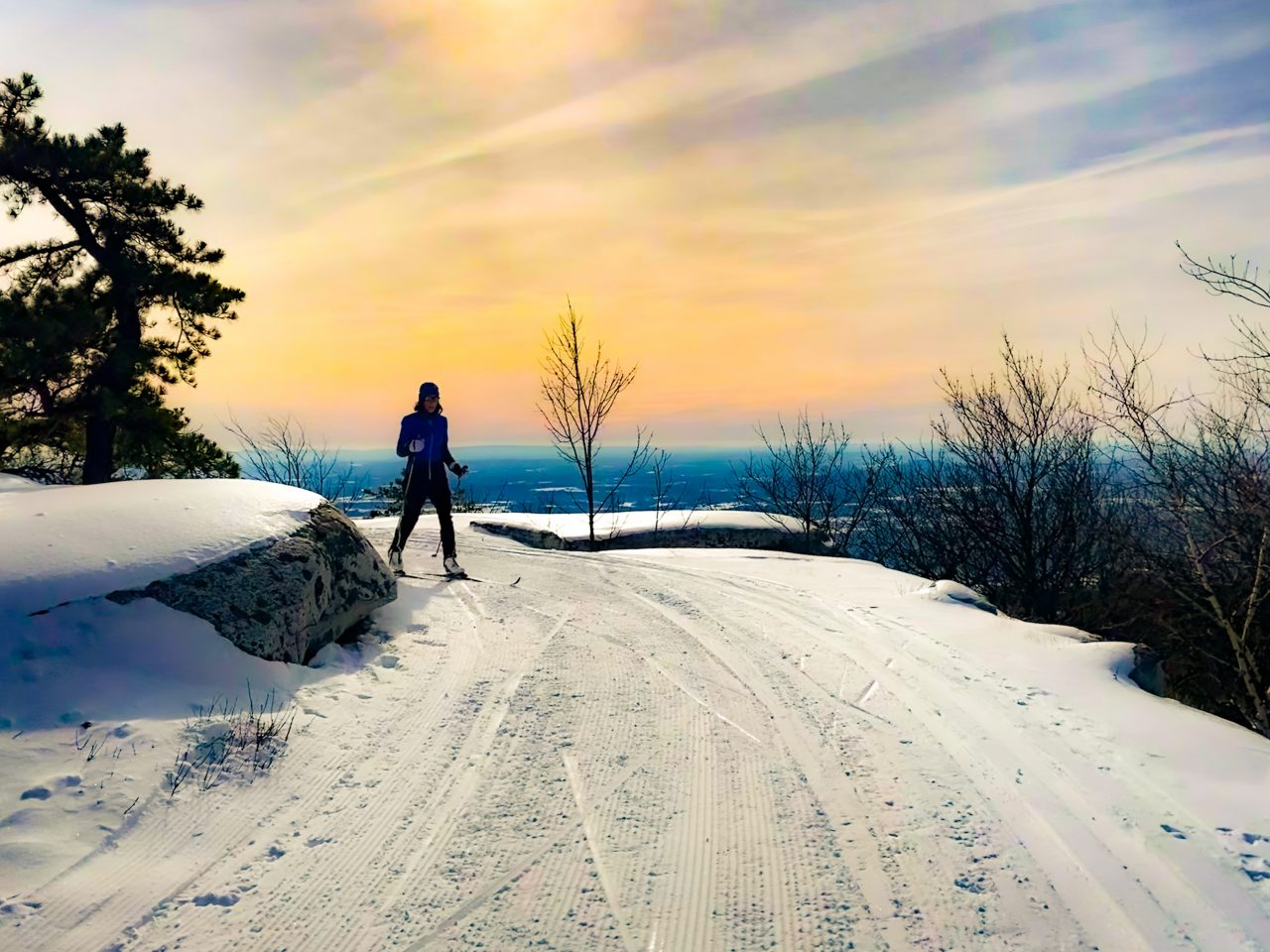
Embarking on your skiing journey can be a mix of exhilaration and anxiety. The thrill of strapping on skis for the first time is a memory that will stay with you. But the real excitement begins when you master the art of turning, maneuvering, and accelerating. Your initiation into skiing marks the start of an adventure that lasts a lifetime. It’s crucial to approach it correctly from the outset to avoid injury or disillusionment. Here are some fundamental tips from a professional writing service on how students should approach ski learning.
Purchase the right clothing and protection
Let’s start with the basics. You need proper warm clothes to ski. You don’t want to freeze or feel restricted in the wrong clothing. So, start by purchasing outdoor wear from reliable brands with ski clotheslines. Choose layers, starting with thermal clothes first. Your outerwear should be thick enough to stay intact throughout your practice. It should also be waterproof and lightweight, so it doesn’t interfere with your mobility.
Also, don’t forget about the protection. Have goggles and a helmet to match your outfit. Googles will be a perfect addition on snowy days. A helmet is often the basic requirement in all resorts. So even if you don’t buy one, you can purchase it on the spot. Make sure it’s the right size and fits you perfectly.
Choose the beginner-friendly resort
You want to enjoy a friendly and convenient learning environment. However, keep in mind that not all ski resorts have beginner slopes or other conditions needed for first-timers. Thus, a beginner-friendly resort will have plenty of rental equipment, easy slopes, instructors, and lessons. Plus, at such places, you will have a great learning atmosphere as they have professionals to accommodate your needs.
In addition, even beginner resorts have scopes of different difficulty. Start slow. Choose green trails. Don’t rush to leave comfortable slopes as soon as you master them. Use these opportunities to perfect your techniques and grow more confident in your abilities before hitting a more challenging trail.
Rent essential equipment
Don’t rush to purchase the heavy, large equipment straight away. See how you like skiing first. After all, being a student doesn’t come with great financial stability. So, test your abilities and passion for skiing before investing much money into it. Plus, it takes time to learn what equipment feels best for your needs and skills. So, by renting instead of buying, you run a test trial for various brands and types of equipment.
Take lessons
Of course, one of the best ways to learn how to ski is to take professional lessons. Find a trainer or an experienced skier who’s ready to teach you. Take a few lessons to learn the basics. Get in their mindset and observe how they behave and move when skiing. Copy their movements and pay attention to every word. Of course, such lessons can take plenty of time and energy. So, as a student, you better plan your weeks around those lessons to make more room for ski learning.
Fortunately, you can find more time to ski by reading the onlineclasshelp reviews and choosing writers to help you with homework assignments. After all, your ski lessons mean safety and a great holiday experience. Whereas a professional can easily do an essay or two for you without any sacrifices on your side.
Take it easy
One of the simplest and yet hardest pieces of advice we can give you is to take things slow. Don’t rush or push yourself too much. Skiing needs patience and care. You should pay attention to your surroundings, body, and movements. It’s a low number of components to consider all at once. So, you better start with what is most under your control: your muscle work.
Learners can get tense and all stiff, especially in their joints and knees. Well, a professional skier will tell you that there is nothing worse than stiff knees on the trail. You should remain flexible and relaxed to make those turns. Also, if you are meant to fall, tensed muscles are most likely to suffer greater damage. By being too hard on yourself, you are putting yourself in danger. You don’t want to start your spring semester with a broken arm or ankle. Of course, you can always enjoy free essay samples when you can’t type them yourself. Yet, it’s better to avoid any injuries altogether.
Look in front of you
The last tip is pretty much self-explanatory. Most beginners make the common mistake of looking down instead of looking in front of them. That’s a mistake that may cost you. Of course, beginners tend to feel anxious their first time on skis. They look down to check if they are doing everything right, how their feet are moving, what is on the trail, etc. Still, such patterns of behavior should not last.
Looking at what’s in front of you is safer and more efficient. First, this way, no other skier will catch you off guard. So, you won’t hit anyone or yourself. Secondly, and most importantly, you won’t achieve a solid balance by looking down. Instead, you should center your focus on what’s in front of you to stay firm on your feet.



